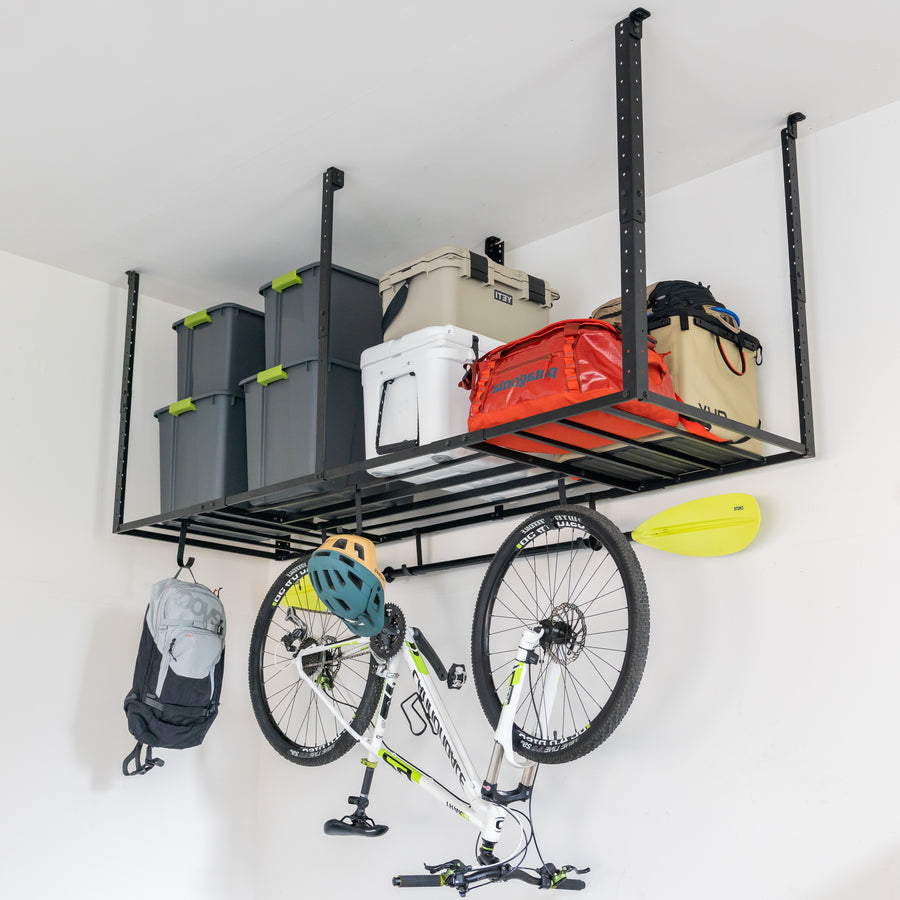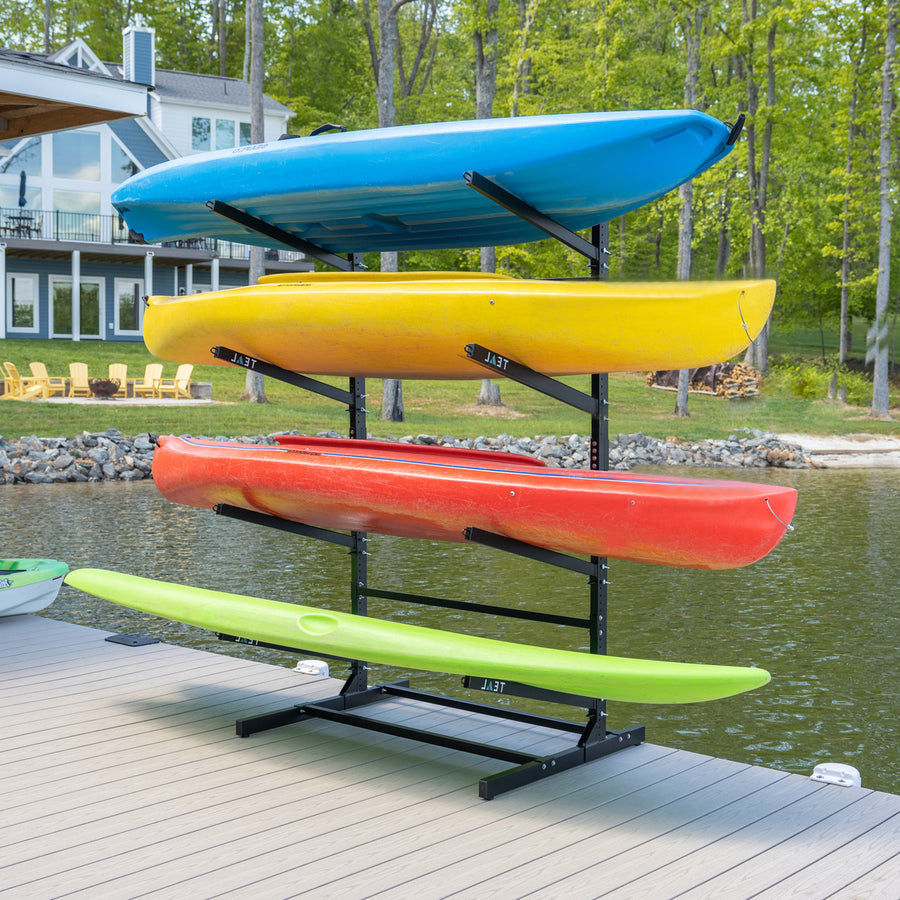Fingerboards
Finger skateboarding, a recent craze, is mainly popular with preteen boys. However, its roots actually extend much further back into the history of skateboarding. Finger skateboarding was first popularized in the late 1970s and early 1980s; an article in TransWorld's SKATEboarding magazine in 1985 by skateboarder Lance Mountain taught boarders how to make fingerboards. First available as homemade toys, this first incarnation of the fingerboard was mainly viewed as a novelty toy or keychain, though the hobby remained popular with a small group of fans. Some early fingerboards were built from cardboard, coffee stirrers, wheels from diecast toy cars, and other makeshift parts.
During the late 1990s, skateboard manufacturers and toy makers latched onto the potential for branding and profit. Today, fingerboards range from cheap novelty toys to high-end collectibles. Nearly the same range of accessories is available for a fingerboard as for a skateboard.
This hobby employs a finger-skateboard or “fingerboard”, a miniature version of a skateboard, approximately 4 inches long. These miniature versions of a real skateboard include moving wheels, carefully assembled trucks, and graphics on the deck. Most are plastic, with diecast metal trucks and plastic wheels. Others are made with bearing wheels and wooden decks; these may even be hand-shaped, like a regular skateboard, and usually command a premium price. Today, many makers produce fingerboards, the largest being the Tech Deck brand. Accurate scale size, interchangeable parts, and graphics from popular skateboard companies make certain brands of fingerboards more desirable than others. Many even include grip tape and the smaller components visible on a full-scale skateboard. The contouring of fingerboards varies from board to board, the same as with real skateboards, which is reflected in the type of tricks that can be easily performed with each fingerboard.
These fingerboards are used to perform tricks, using the fingers instead of the feet to propel the board. To use a fingerboard, place your middle finger on the tail of the board, and the index finger on the middle of the board. A surprising variety of real skateboarding tricks can be performed with a fingerboard. Today, ramps, bowls, and other accessories are available in scaled-down “fingerboard” size to allow for a wider range of tricks.
In some areas, fingerboarding contests are held regularly, particularly in Europe and in California. These smaller, more affordable versions of the skateboard are particularly popular among a younger age set, although skateboarders of all ages collect and compete with fingerboards. Fingerboards are also used by skateboarders who use them as miniature models to plan their own tricks.
Finger snowboarding is a new invention using a miniature snowboard in a similar manner to the fingerboard. Another variation on the fingerboard is the handboard, a skateboard that has been scaled down to approximately 11 inches long. These handboards are controlled using the entire hand to perform tricks. Because of their larger size, they are constructed in much the same way as a full-size board, utilizing the same construction methods and materials. Today, fingerboards, handboards, and snowboards remain a very popular hobby among skateboarders.

